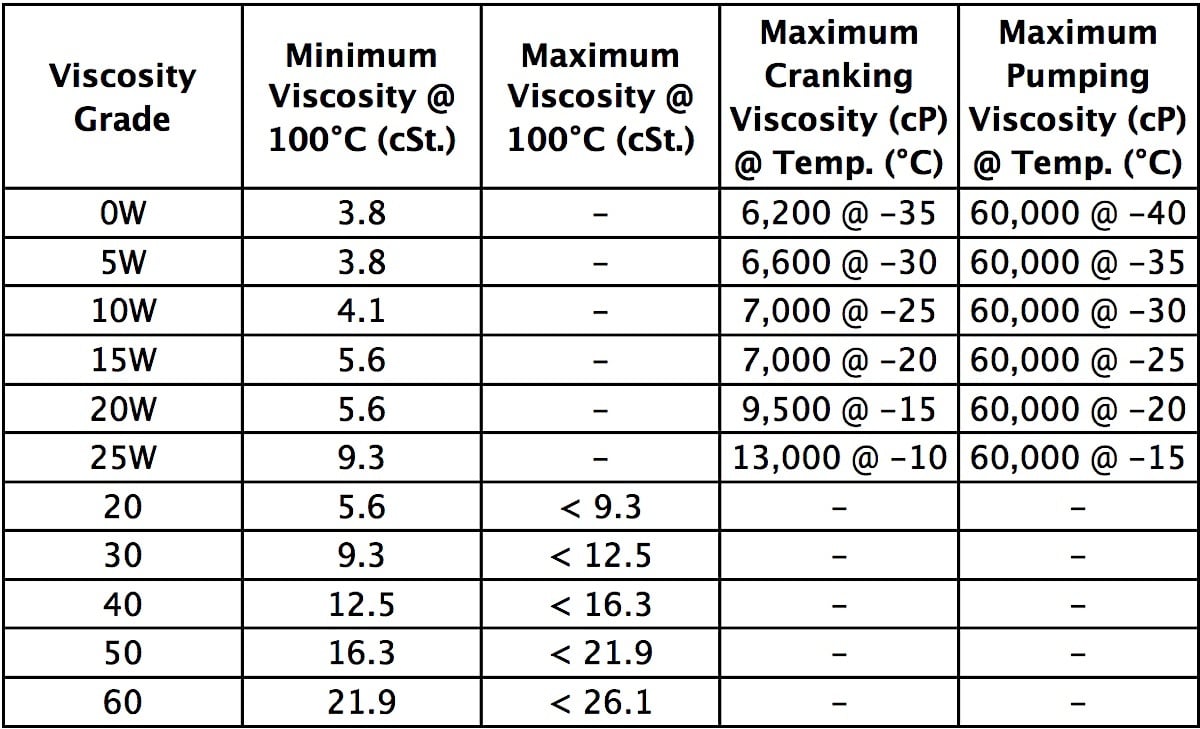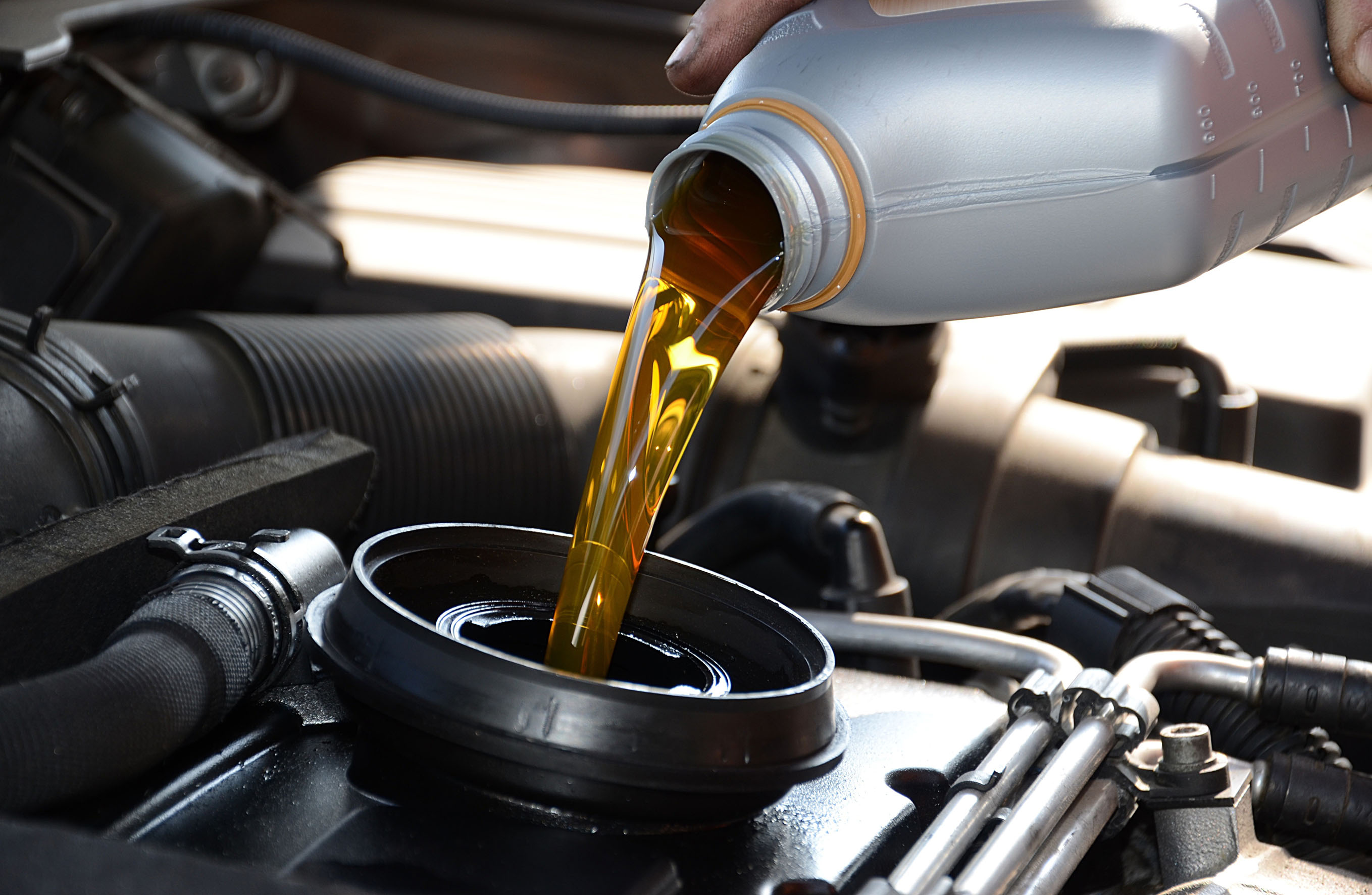In an automobile, an engine oil is used to reduce the friction and ensure smooth functioning of the various parts in an engine. Let's take a look at the grading of motor oil by SAE.
SAE has graded gear oils as well according to its viscosity. The standards for these gradations are not the same as that of motor oils. Hence the viscosity of an SAE 50 motor oil may not essentially be less than that of SAE 90 gear oil. As a matter of fact, both these oils have the same viscosity. These oils differ from each other in quality due to the additives that are added to them.
SAE has graded gear oils as well according to its viscosity. The standards for these gradations are not the same as that of motor oils. Hence the viscosity of an SAE 50 motor oil may not essentially be less than that of SAE 90 gear oil. As a matter of fact, both these oils have the same viscosity. These oils differ from each other in quality due to the additives that are added to them.
An internal combustion engine plays a pivotal role in the functioning of the car. It works because of the reaction between fuel and air, that is the oxidation of the fuel. An engine is made up of many parts that work in tandem to make sure that the vehicle keeps running.
An engine oil comes into play to maintain the smooth functioning of the various parts of an engine and to avoid friction between them. This is largely dependent on the thickness or, technically speaking, the viscosity of the motor oil. Different oils have been given gradation according to their viscosity and these gradations have been provided by the 'Society of Automotive Engineers' (SAE) who take into consideration various viscosity characteristics. This society, that is based in United States, was formed by Andrew Riker and Henry Ford to bring together automobile engineers from around the world.
Higher the viscosity of the oil, more thick it will be. Whereas, a lower value of oil viscosity signifies that the oil is less thick. Thickness of oil will affect its flow as oil with higher viscosity will flow slowly, while the oil that has lower viscosity will flow faster.
 |
| SAE Oil Chart |
SAE Oil Gradation
In SAE grading, the temperature at which the engine operates is also taken into consideration since it plays a vital role in defining the gradation of oil viscosity. The viscosity of oil is generally tested at 210ºF or 100ºC which is also the standard temperature inside an engine that is working properly. The can that carries such oil will not have a 'W' printed over it.
Now, when a can comes with a 'W' printed over it, the oil contained in such a can has been tested for various temperatures that are much lower than the standard operating temperatures. Such oils come in handy when used in cars that run most of the time in the areas that have a cold climate. Temperature also plays an important role in altering the viscosity of the oil. It will be relatively thinner at higher temperatures and thicker when the mercury drops downs.
The SAE rating that is printed on the oil cans will have two components. One component that will precede the 'W' and, as mentioned earlier, is the rating of the oil at cooler temperatures. The other component of the SAE rating is the viscosity of oil at the standard operating temperature of an automobile engine and this factor remains the same for varying ratings of operation at cold weather.
The table given below shows the requirements of the J300 standards in the year 1999
In SAE grading, the temperature at which the engine operates is also taken into consideration since it plays a vital role in defining the gradation of oil viscosity. The viscosity of oil is generally tested at 210ºF or 100ºC which is also the standard temperature inside an engine that is working properly. The can that carries such oil will not have a 'W' printed over it.
Now, when a can comes with a 'W' printed over it, the oil contained in such a can has been tested for various temperatures that are much lower than the standard operating temperatures. Such oils come in handy when used in cars that run most of the time in the areas that have a cold climate. Temperature also plays an important role in altering the viscosity of the oil. It will be relatively thinner at higher temperatures and thicker when the mercury drops downs.
The table given below shows the requirements of the J300 standards in the year 1999
